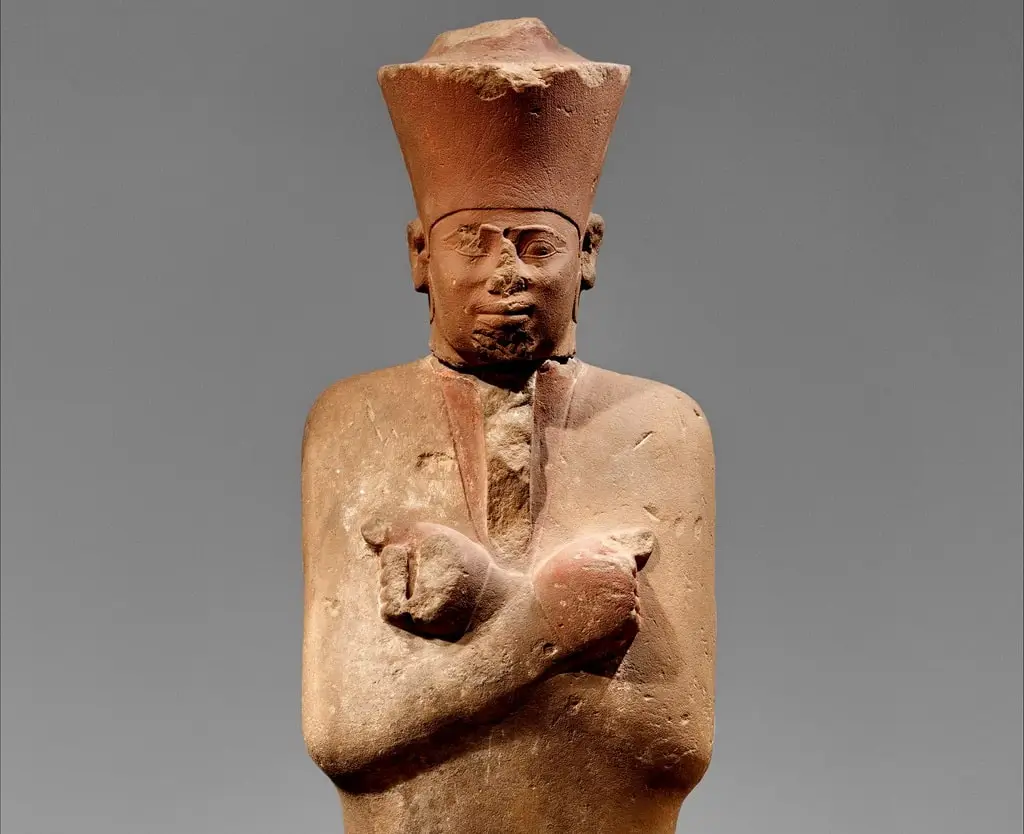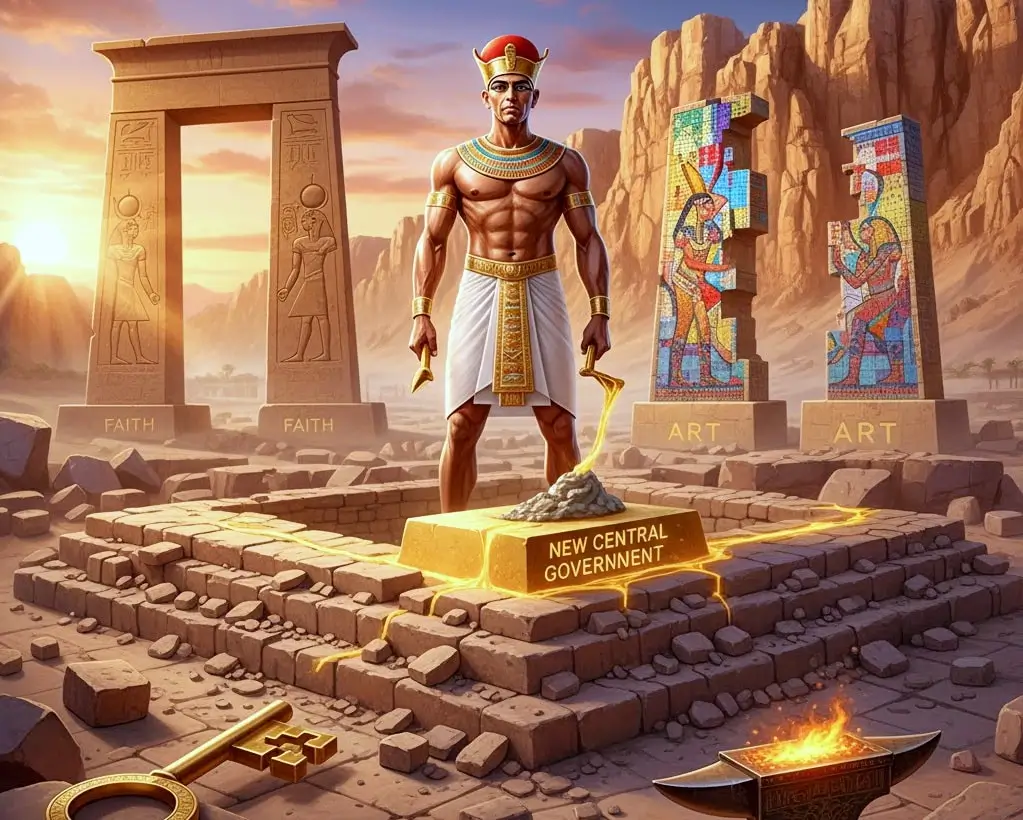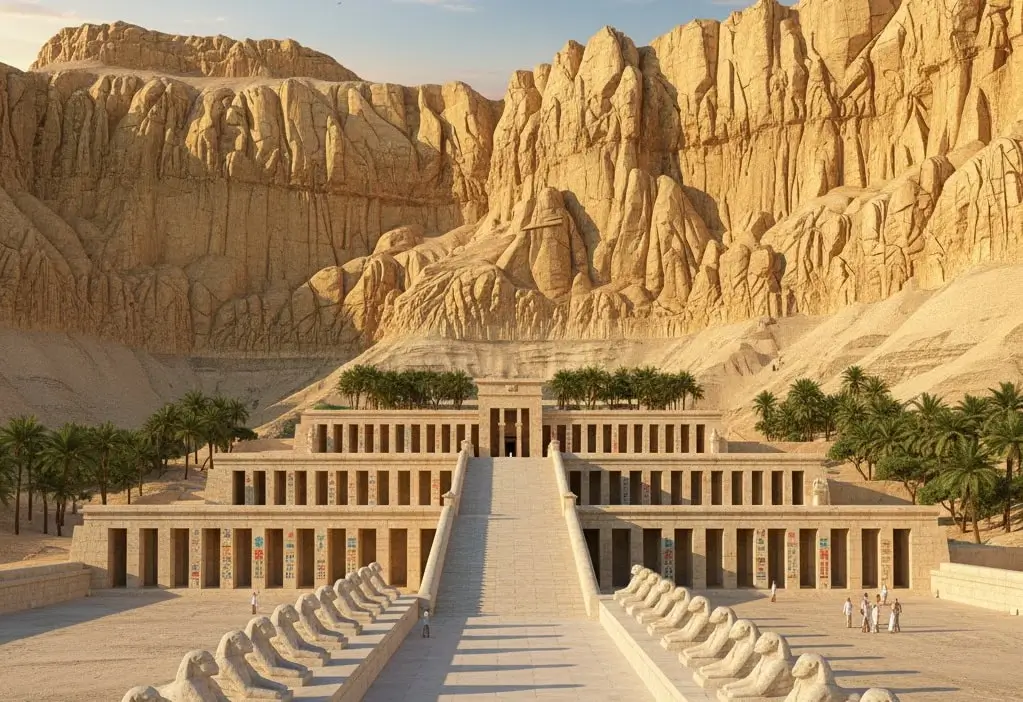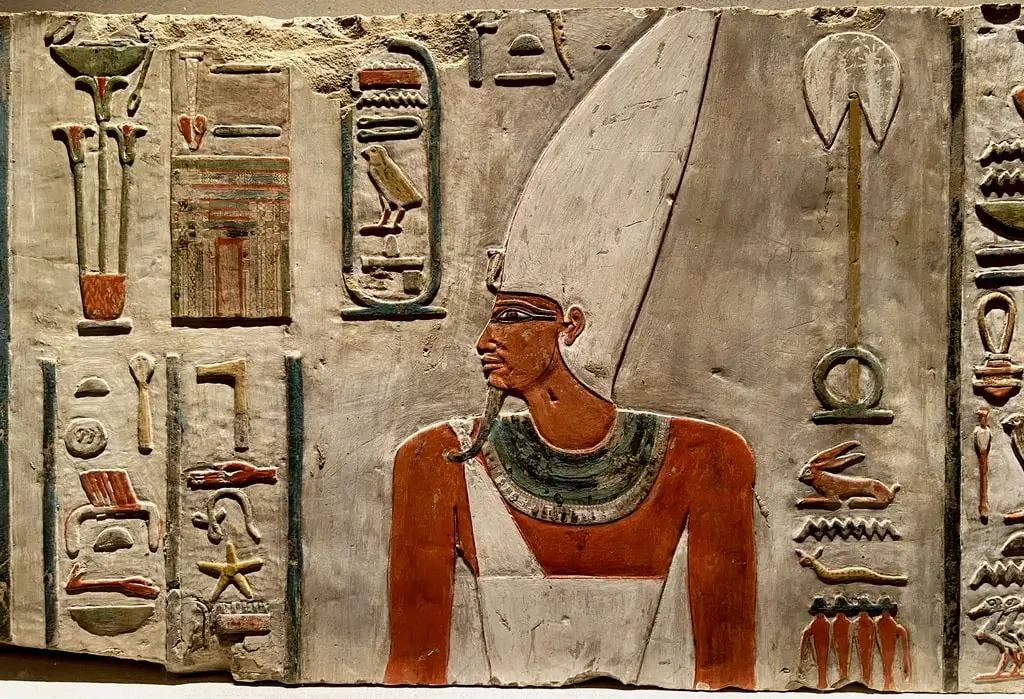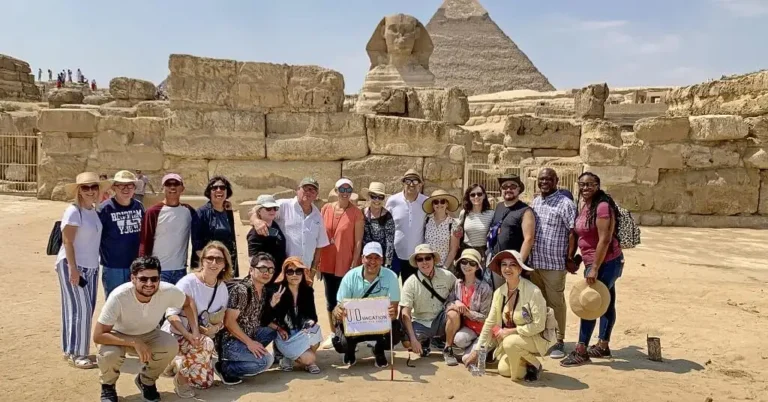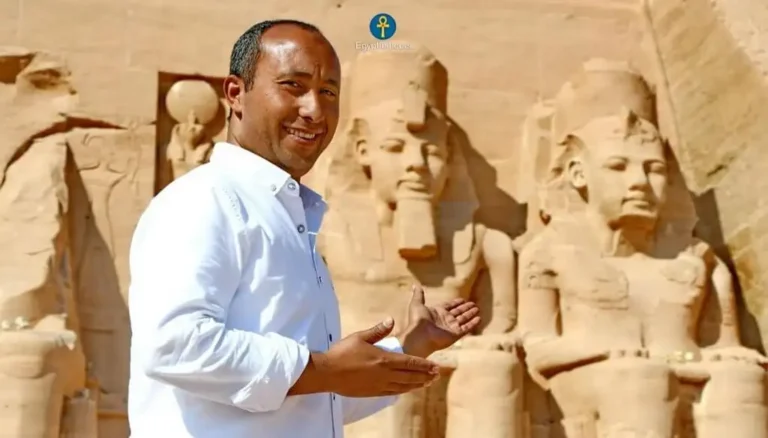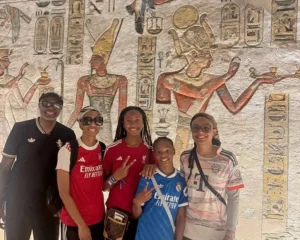Pharaoh Nebhepetre Mentuhotep II, whose reign spanned from approximately 2061 to 2010 BCE, stands as one of the most significant figures in ancient Egyptian history. He ascended to the Theban throne during the final, turbulent decades of the First Intermediate Period, an era defined by political fragmentation and internal conflict. Through strategic military prowess and unwavering determination, Mentuhotep II successfully concluded over a century of civil strife by forcibly reunifying Upper and Lower Egypt around 2055 BCE.
This singular achievement, which he commemorated by adopting the Horus name Sematawy (“He Who Unifies the Two Lands”), officially inaugurated a new golden age of stability and cultural renaissance known as the Middle Kingdom. His impactful 51-year reign not only restored national unity but also laid a new foundation for the state through profound administrative reforms and revolutionary architectural projects, chief among them his mortuary complex at Deir el-Bahari. Consequently, he is rightfully celebrated as the great unifier who restored order and propelled Egypt into a new era of prosperity.

